Is Blue Light Really Harmful? What Science Actually Says
We’re constantly surrounded by screens, including phones, tablets, laptops, TVs and so on. And they all give off blue light. But is this high-energy light actually messing with our eyes, skin, or sleep?Do you know whether blue light is beneficial or harmful? Science has a few things to say, with some clear answers and a few warnings. Let’s take a closer look.
What Is Blue Light? Where Does It Come From?

Our eyes can detect light in the visible spectrum, which ranges from about 380 to 700 nanometers. Inside the retina, we have special cells called cones and rods that help us see brightness and color. Light with wavelengths shorter than 380 nanometers, like ultraviolet (UV) rays, is mostly blocked by the eye’s outer layers, such as the cornea and lens, so it doesn't reach the retina.
The visible spectrum includes colors like violet, blue, green, yellow, orange, and red. Among them, blue light, also known as high-energy visible (HEV) light, falls between 380 and 500 nanometers. In natural sunlight, blue light actually plays a helpful role. It helps regulate our internal clock, or circadian rhythm, which affects when we feel awake or sleepy.
Does Blue Light Damage Your Eyes?
There’s no simple yes/no: it depends on which wavelengths you're exposed to and when.
1. Scientific Breakdown by Wavelength
Aron Shapiro, in his article “Understanding Blue Light,” identifies two distinct bands of blue light:
- Blue‑violet (415–455 nm): High-energy, short-wavelength light that can damage retinal cells, potentially causing oxidative stress, retinal degeneration, and cell death over time.
- Blue‑turquoise (465–495 nm): Lower-energy, longer-wavelength light that supports vision, contrast sensitivity, color perception, and healthy development of pupil reflexes. Crucially, it helps regulate circadian rhythms, memory, mood, and hormonal balance.
Emilie Arnault, in her 2013 PLOS ONE study, confirms that 460–500 nm blue light is vital for color vision, pupil constriction, and circadian regulation. She also warns that the 415–455 nm range is especially harmful for AMD patients .
Additionally, some countries' safety standards recognize ~440 nm as the peak wavelength of blue-light hazard to the retina .
In summary, blue light generally splits into two categories:
- Relatively harmful: 400–450 nm (especially 415–455 nm)
- Relatively beneficial: 450–500 nm
We should aim to block the harmful wavelengths while allowing the beneficial ones to support our health.

2. When Blue Light is Beneficial
- Enhances daytime alertness and focus: Blue-rich light (e.g., ~6500 K LED or morning sunlight) improves reaction time, mood, and cognitive function during the day.
- Regulates circadian rhythm & sleep quality: Morning exposure to blue light helps reset your internal clock and boosts melatonin health at night, improving sleep onset and quality.
- Therapeutic applications: Light therapy, including blue or broad-spectrum light, treats seasonal affective disorder (SAD), insomnia, jet lag, and certain skin issues like acne.
3. When Blue Light Can Be Harmful
a) Retinal Damage (400–450 nm)
- High-energy blue-violet light may produce reactive oxygen species (ROS) in the retina, damaging cells and potentially contributing to AMD, according to lab and animal studies .
- However, the Harvard School of Public Health and the American Academy of Ophthalmology (AAO) assert that ordinary screen use doesn’t raise AMD risk or damage the retina.
b) Digital Eye Strain
- Many symptoms—dry eyes, headaches, blurred vision—stem from decreased blinking and glare, not blue light itself. The AAO and several experts confirm that filtering blue light does not reduce eye strain.
c) Disrupted Sleep & Circadian Rhythms
- Evening exposure suppresses melatonin, delays sleep, and can lead to metabolic disorders, mood issues, and poorer sleep quality.
4. Balanced View — The Big Picture
| Aspect | Beneficial | Harmful |
|---|---|---|
| Wavelength | 450–500 nm | 415–455 nm |
| Time of Day | Morning/daytime | Evening/night |
| Effects | Alertness, mood, cognition, circadian regulation | Sleep issues, possible retinal stress |
Bottom line:
- Use blue-turquoise light during the day to boost your alertness, vision, mood, and natural rhythms.
- Avoid blue-violet light, especially at night, to protect your sleep and long-term eye health.
5. Screen Time, Blue Light, and Eye Health: What You Need to Know
Digital Eye Strain vs. Blue Light Exposure
Extended screen time can cause dry eyes, blurry vision, watery eyes, and headaches. This discomfort often occurs because we tend to blink less frequently when focusing on screens. Under normal conditions, people blink about 15 times per minute. However, when concentrating on digital screens or performing close-up tasks like reading, this rate can drop by nearly half.
Maybe someone will ask why blue light is bad? Here’s the issue: we’re now getting a lot of blue light from artificial sources like phone screens, tablets, computers, and LED lighting. When we’re exposed to too much of this artificial blue light, especially at night, it can confuse our body’s natural sleep-wake cycle. So while blue light from the sun can be helpful, too much of it at night may lead to trouble sleeping, eye strain, and other health concerns. Managing screen time in the evening and using blue light filters when needed can help reduce these effects.
How Much Blue Light Is Too Much?
There is no universally defined threshold for "too much" blue light, but experts generally agree that prolonged exposure, particularly more than 8 hours per day, and especially in the evening, can be excessive. This level of exposure may contribute to digital eye strain, circadian rhythm disruption, and reduced sleep quality.
What Ophthalmologists Say?
Ophthalmologists emphasize ergonomics over blue light filtering. The 20-20-20 rule, every 20 minutes, look at something 20 feet away for 20 seconds, is a proven strategy. Most eye doctors recommend proper lighting, screen positioning, and regular breaks over blue light glasses.
How to Measure Harmful Blue Light?

Blue light, especially harmful blue light such as at 415-455nm wavelengths, needs special measurement equipment, such as spectroradiometers, to measure. All you do to measure is simply point the sensor of the device towards the screen, turn on the scan using the software, and check the data on the wavelength to see the amount of harmful blue light the screen has.
They are sophisticated pairs of devices usually owned by display makers and professional testing laboratories that are applied to study precise wavelengths and the magnitude of light produced by displays.
As an everyday user, you do not have to measure blue light yourself. Rather, pick monitors with excellent bodies (including TUV Rheinland) that have graded low blue light yields. Such seal-of-approvals make sure that these screens have undergone the appropriate testing to minimize the exposure to blue light, which keeps your eyes safer when you have to use screens extensively.
How Blue Light Affects Sleep?
Circadian Rhythm and Melatonin Suppression
This is where blue light has more substantiated effects. Blue wavelengths can suppress melatonin production, making it harder to fall asleep. Night-time screen exposure, especially within two hours of bedtime, can delay sleep and reduce sleep quality.
Tips to Sleep Better With Screens
- Use blue light filter apps or night shift mode.
- Avoid screens one hour before bed.
- Consider blue-light-blocking glasses in the evening.
- Keep bedroom lighting dim and warm-toned.
Blue Light and Your Skin: Is There a Risk?
Emerging research suggests that high doses of blue light might contribute to skin aging and hyperpigmentation. However, the levels emitted by screens are significantly lower than those used in studies. Sunscreens with iron oxides and antioxidants can provide some protection for those concerned.
Tips to Reduce Harmful Blue Light Exposure
- Enable night mode or blue light filters on devices.
- Use warm-colored ambient lighting in the evening.
- Increase text size and screen contrast to reduce squinting.
- Take regular screen breaks.
- Position screens to reduce glare.
Common Myths About Blue Light
-
Myth: Blue light from phones causes blindness.
Fact: There is no evidence supporting this claim. -
Myth: All blue light is bad.
Fact: Natural blue light is essential for alertness and mood regulation. -
Myth: Only screens emit blue light.
Fact: Sunlight is the biggest source of blue light.
Final Verdict: Should You Be Worried?
Blue light is part of our everyday lives, t comes from the sun, our phones, laptops, TVs, and just about every screen we use. The truth is, not all blue light is bad. Some types actually help us stay alert, focused, and keep our sleep cycle on track. But too much of the wrong kind, especially late at night, can mess with our sleep and possibly strain our eyes.
The good news? You don’t need to panic or ditch your devices. Most experts agree that things like taking regular breaks, using night mode, and avoiding screens right before bed can go a long way. It’s less about avoiding blue light completely, and more about being smart with how and when you're exposed to it. Like most things in life, balance is key.
FAQs
Q: Is blue light from phones really harmful?
A: Not all blue light is harmful, but excessive exposure to high-energy short-wave blue light (415–455nm), commonly emitted by LED screens, can contribute to digital eye strain and disrupt sleep.
Q: Can blue light cause permanent eye damage?
A: Current scientific consensus suggests that blue light from screens does not directly cause permanent eye damage. However, continuous exposure to harmful blue wavelengths may accelerate eye fatigue and affect long-term visual comfort, especially without proper screen protection.
Q: Do kids need more protection from blue light?
A: Yes. Children’s eyes absorb more blue light than adults because their lenses are clearer and less able to filter high-energy wavelengths. This means the same screen exposure may place greater strain on a child’s visual system. Long hours on tablets, phones, and monitors can lead to eye fatigue, poor sleep, and even behavioral issues linked to disrupted circadian rhythms.
To reduce eye strain and minimize blue light exposure, children should follow the 20-20-20 rule—looking 20 feet away every 20 minutes for 20 seconds. When using a monitor, it's strongly recommended to choose an eye-care display with blue light filtering technology to help protect their developing vision.
Q: How Much Blue Light Does The Sun Emit?
A: There’s about 25-30% of blue light radiation given off by the sun and the shorter blue wavelengths ranging from 400-500 nm are better scattered by Earth’s atmosphere. For this reason, the atmosphere seems blue even though violet light has the shortest wavelength, because human eyes are more receptive to blue and sunlight includes a greater number of blue photons.
Q: Is Blue Light Actually Blue?
A: Blue light gets its name from the fact that it appears in the 400-500 nm wavelength, not because it has a blue color. Our eyes see blue as a main color because their cone cells react the most to it and sunshine sends out more blue light than violet light which scatters further but is much less common.
Q: How Much Blue Light Does A Phone Emit?
A: Smartphones release very little blue light which is less than that found in direct sunlight. Studies have shown that phones put out 80-100 lux of blue light, but sunlight on a sunny day reaches a level of 100,000 lux. Despite the lower intensity compared to sunlight, prolonged close-up exposure to blue light from phones can still contribute to digital eye strain and sleep disruption, especially without proper screen habits or protection.









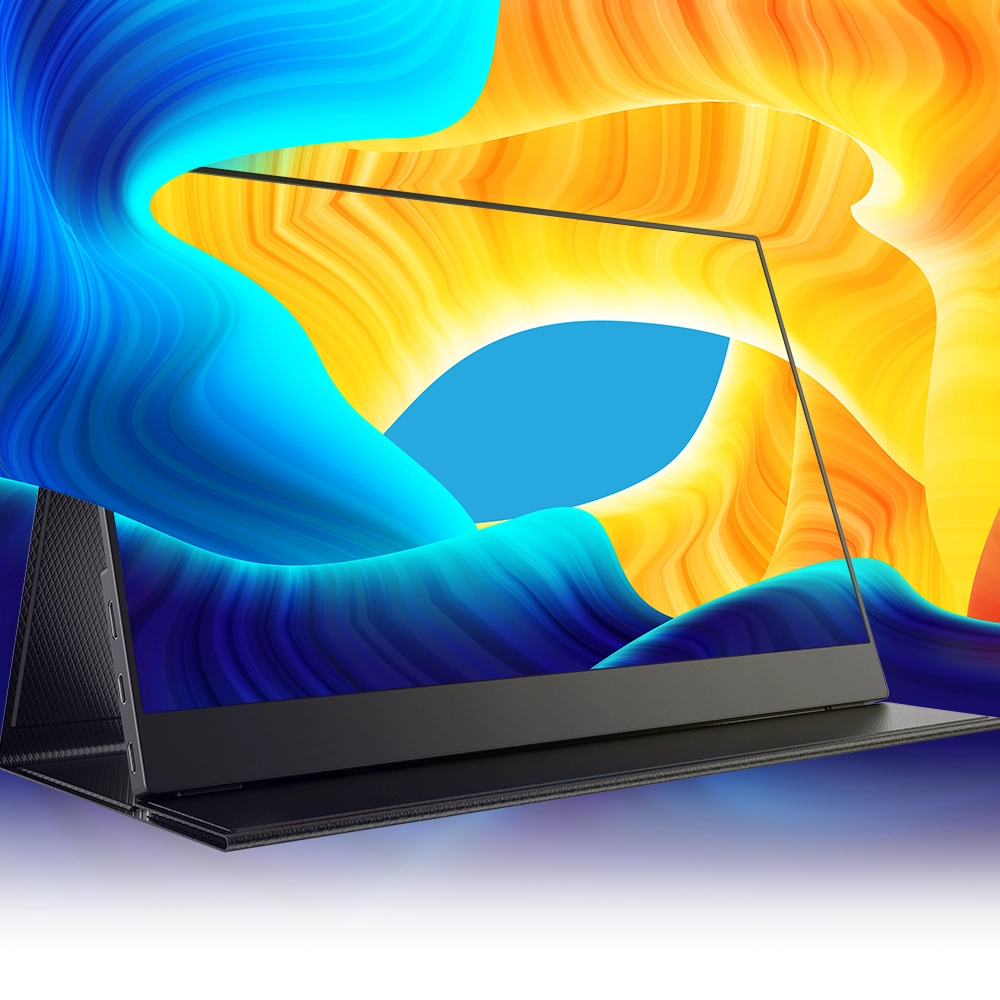
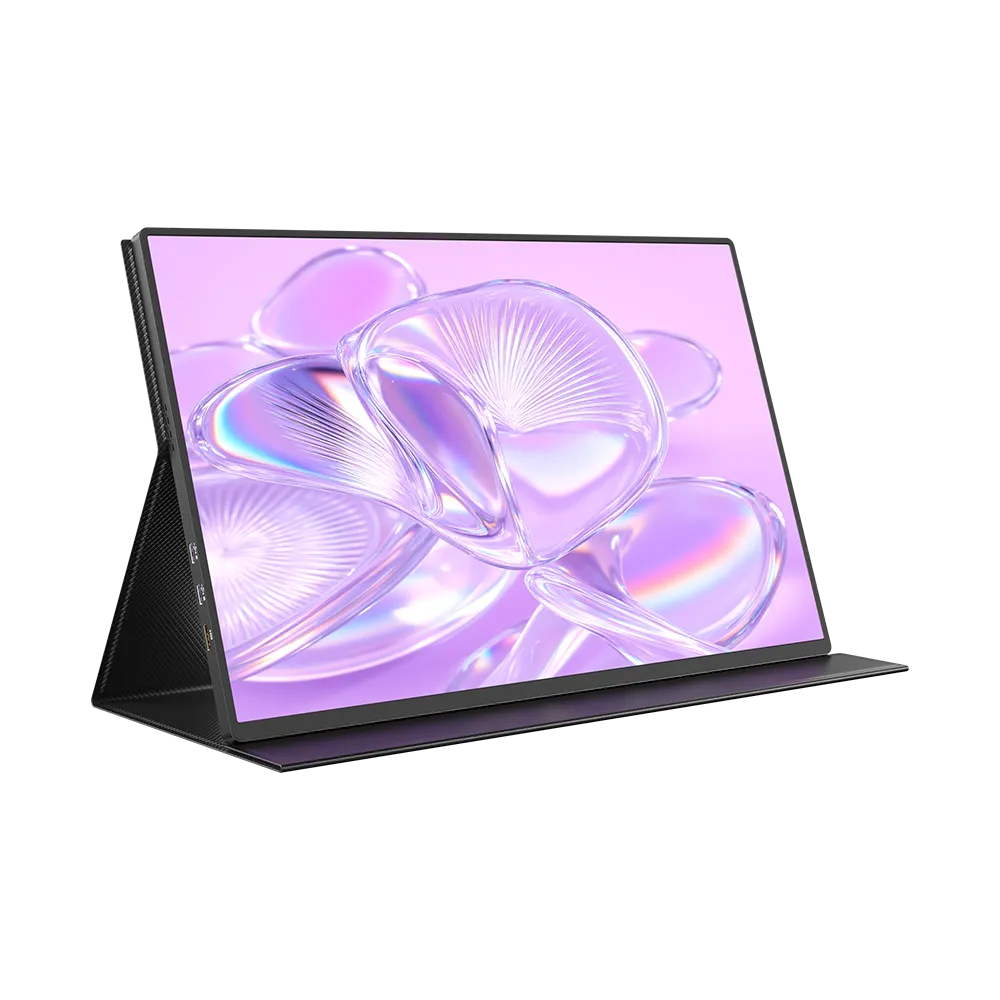
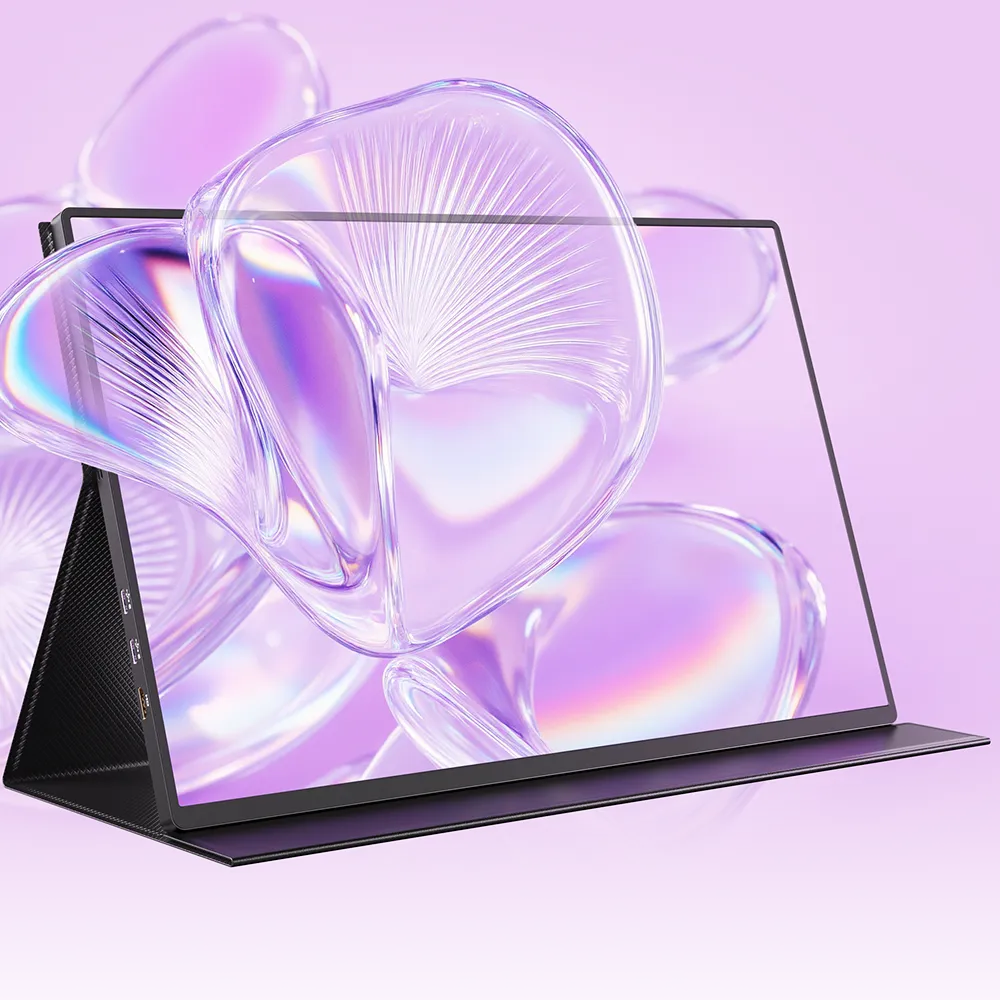


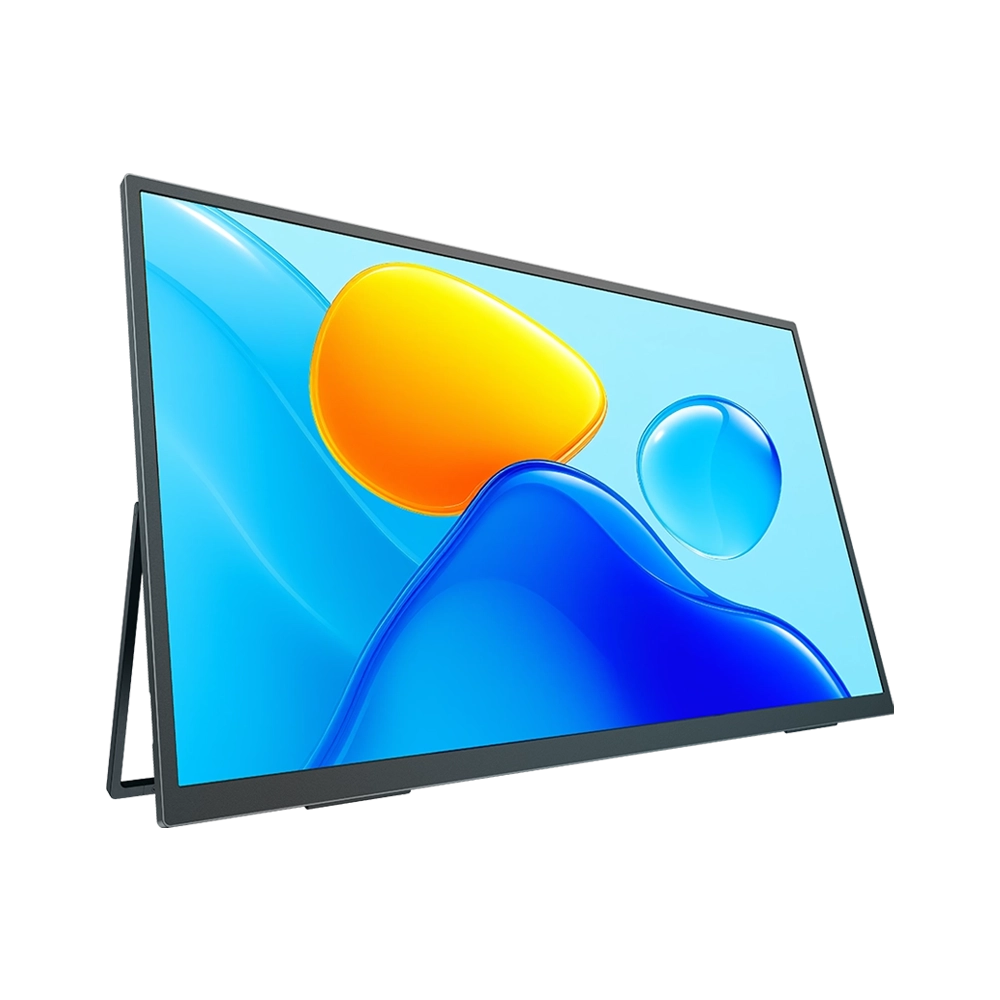
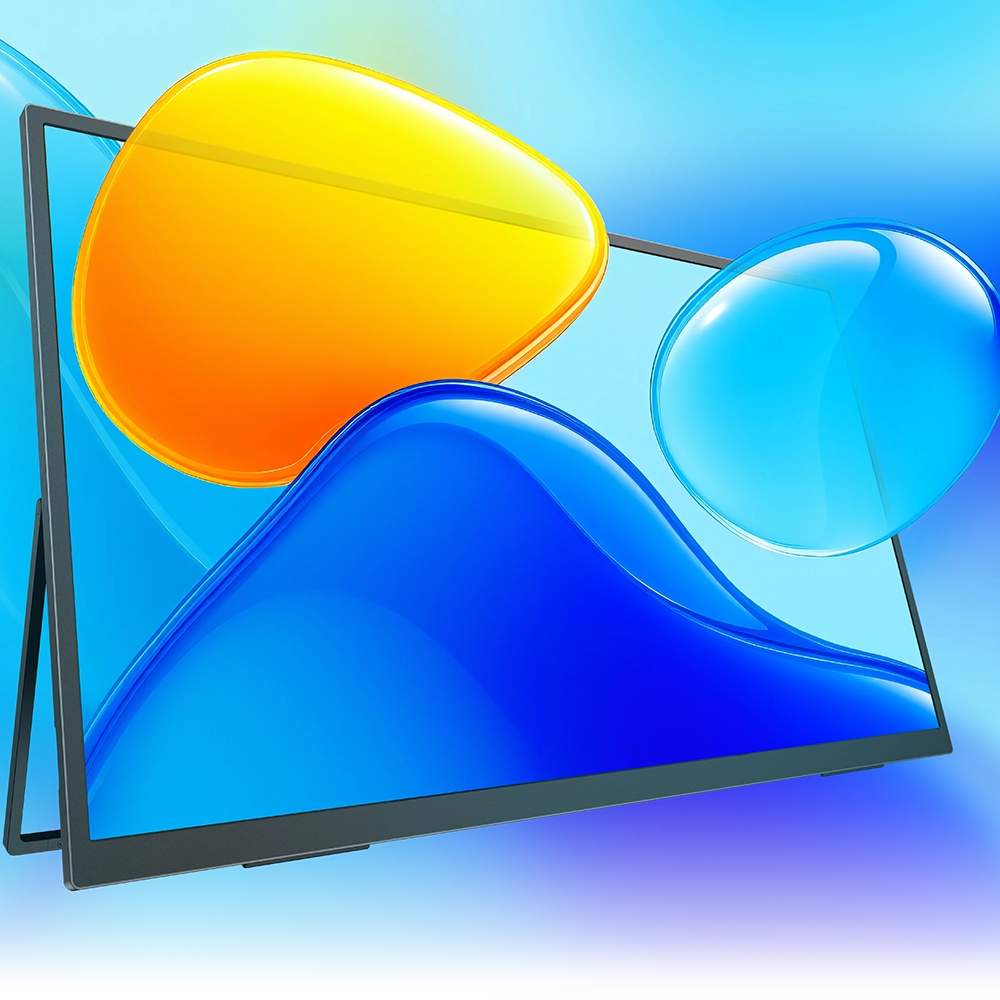

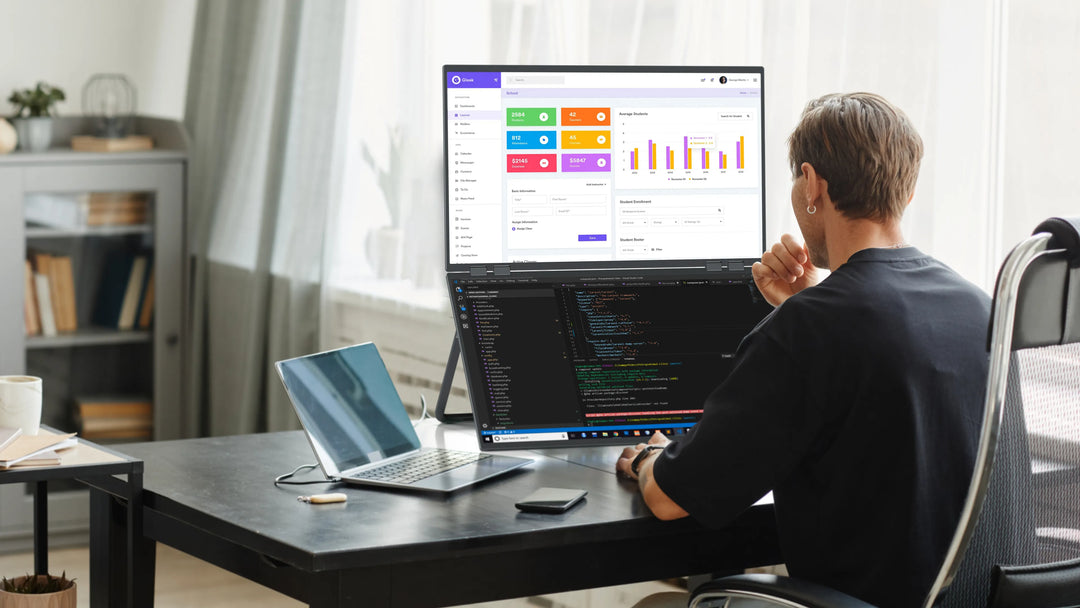

Leave a comment